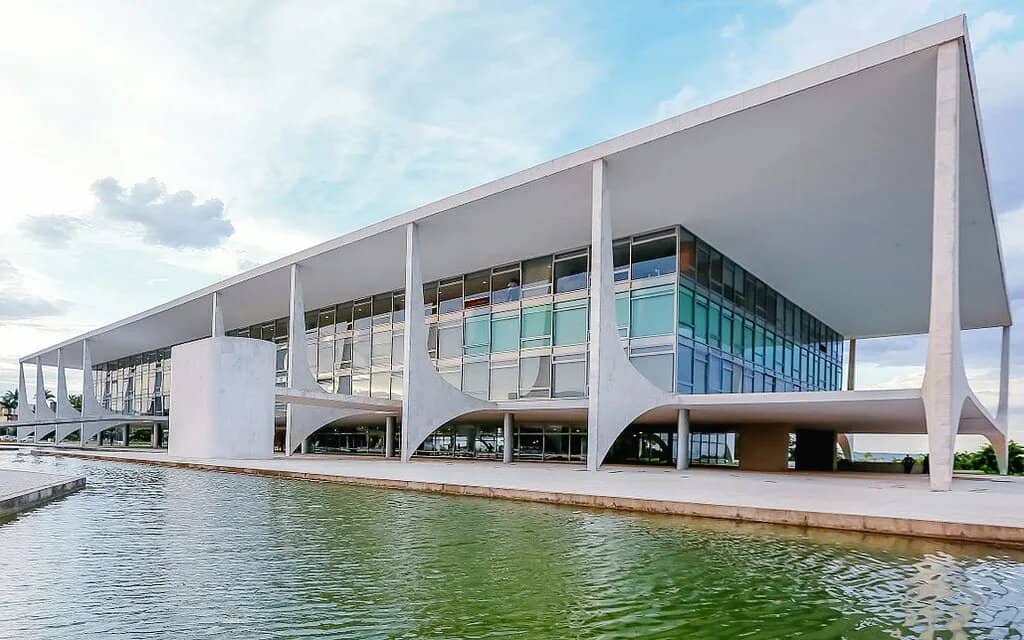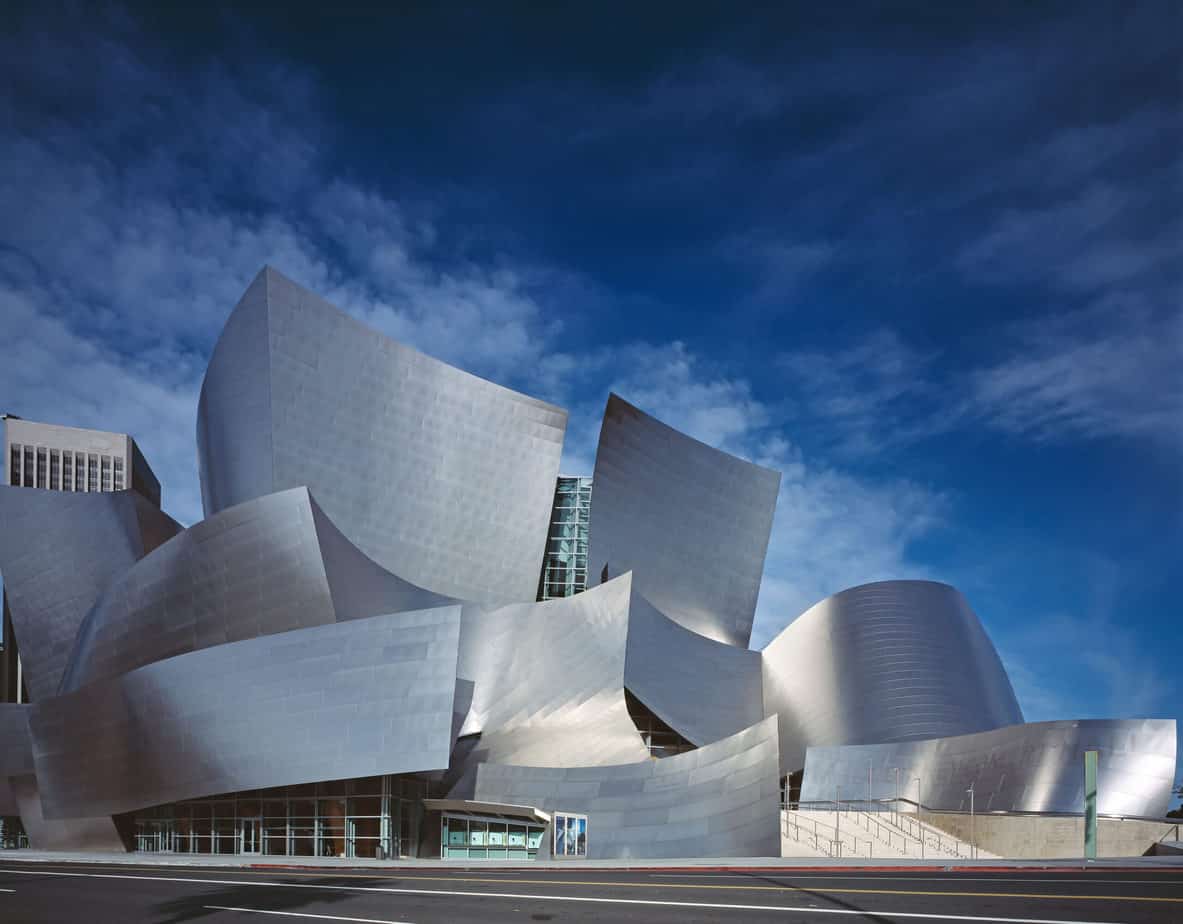Modern architecture and its various styles,
Rejecting ornamentation and embracing minimalism,
modernist architecture became the most important new style or philosophy of 20th century architecture and design.
It was associated with an analytical approach to the function of buildings,
a rigorously rational use of materials, often new, structural innovation and the elimination of ornamentation.
It was also known as International Modernism or International Style,
after an exhibition of modern architecture was held in America in 1932 by the architect “Philip Johnson”.
The style became characterized by an emphasis on volume, asymmetrical compositions, and minimal ornamentation.
In Britain, the term Modernism was used to describe strict modernist designs from the 1930s to the early 1960s.
Pioneers of the movement were Walter Gropius and Le Corbusier,
with Corbusier having a profound influence on the design of many public housing schemes in Britain.
Of course utility is just as important as aesthetics, handcrafted products, well made,
and are better than machine-made ionic products.
Inspiring the Arts and Crafts movement,
the English artist and writer William Morris advocated this as one of the early sources of Modernism’s ideology.

The American architect “Louis Sullivan” was another early source, the phrase “form follows function”, was the most famous.
This meant that buildings had to be designed so that the basic structure dictated the shape,
that is, from the inside out.
Modern architecture and its various styles
The Viennese architect Adolf Loos also believed that the decoration of functional objects was inefficient and wasteful.
His manifesto “Ornament and Crime” has become a major modernist text,
arguing that the avoidance of ornament was “a sign of spiritual strength”.
Then two European architects appeared, who were widely associated with the neo-modern style.
One of these was Walter Gropius, the leader of the Bauhaus in Germany.
Gropius taught architects, the rejection of historical orthodoxy and the adoption of the innovative new ideologies of modern industry.

American modernity
Prior to World War I, Frank Lloyd Wright developed an approach to home design known as the “Prairie Style”.
This approach laid the foundation for the flow of European modernity during the 1920s and 1930s.
Most notably in Art Deco, the “International Style”, as it was then referred to,
flourished in the post-World War II United States and was then most famously defined by the design of tall corporate office buildings by the likes of Ludwig Mies van der Rohe.
Following this architectural migration by the likes of Mies van der Rohe and Walter Gropius, the Chicago School of Architecture was founded,
educating young architects in the same way as at the Bauhaus.

Modernism then developed further in the 1960s,
as architects such as Louis Cannes and Eero Saarinen began responding to the international style.
Frustrating the sterile aesthetic of post-war urban design, Kahn introduced principles of the Beaux-Arts style.
While Robert Venturi encouraged the study of vernacular and commercial landscapes,
these developments gradually led to the emergence of postmodernism.
As the most common pattern in the United States by the early 1980s,
with many countries around the world following the lead.
You may like: Interior design trends in Saudi Arabia

